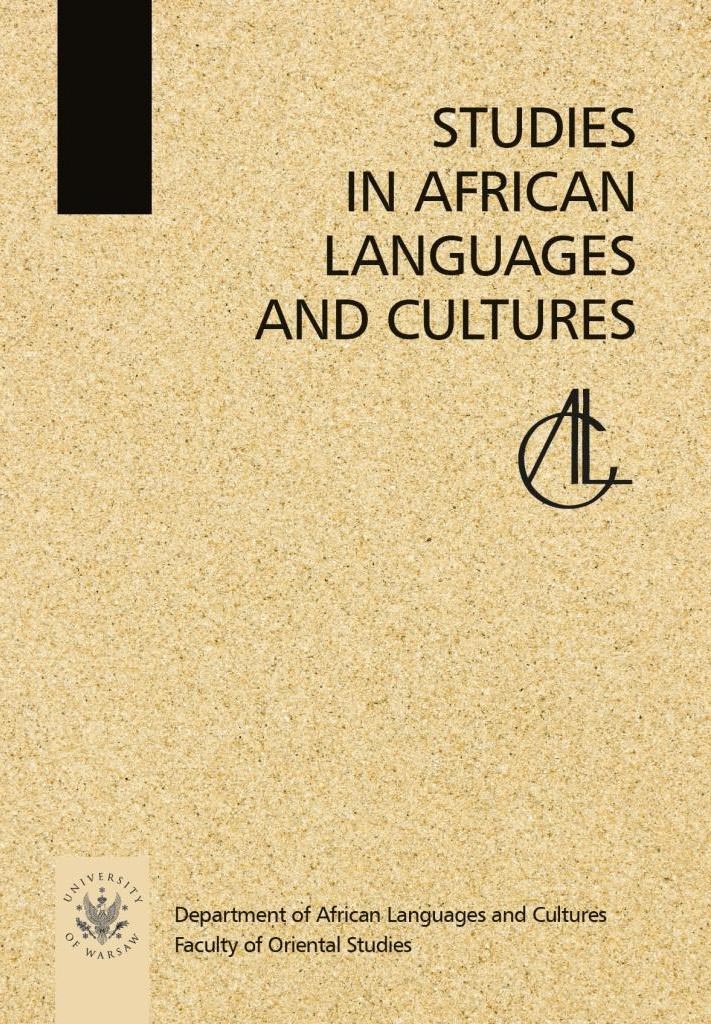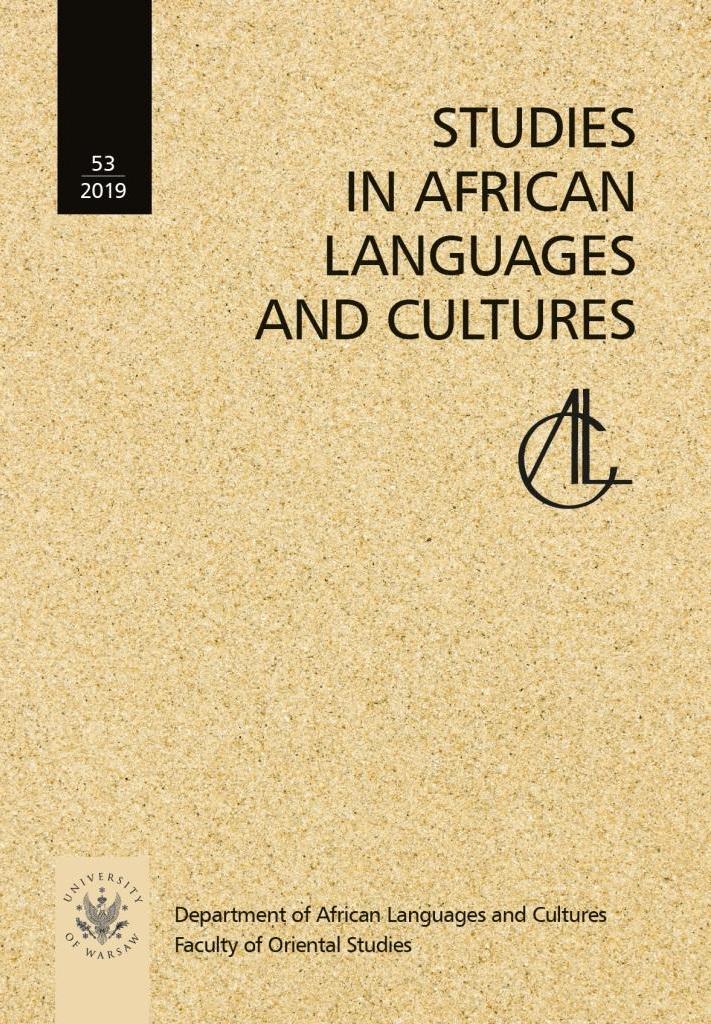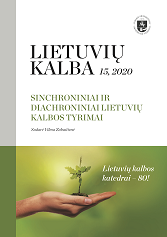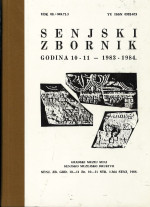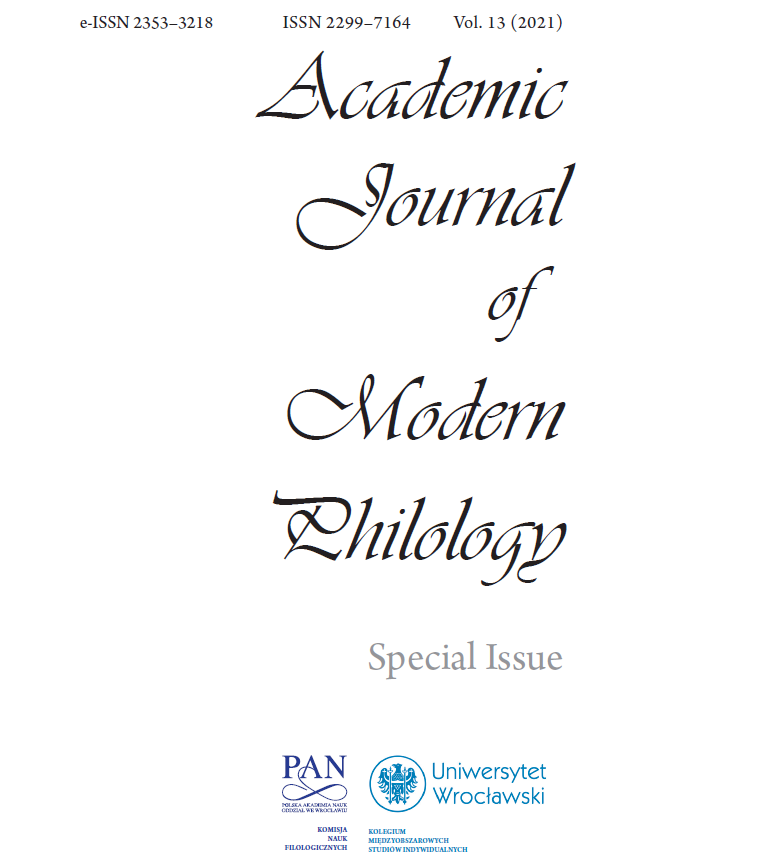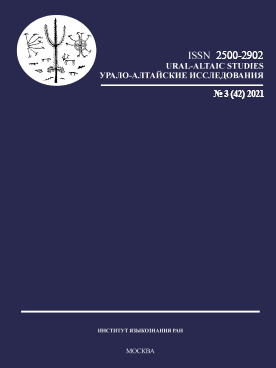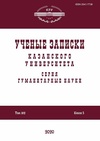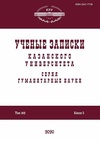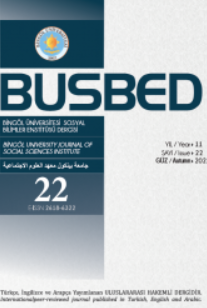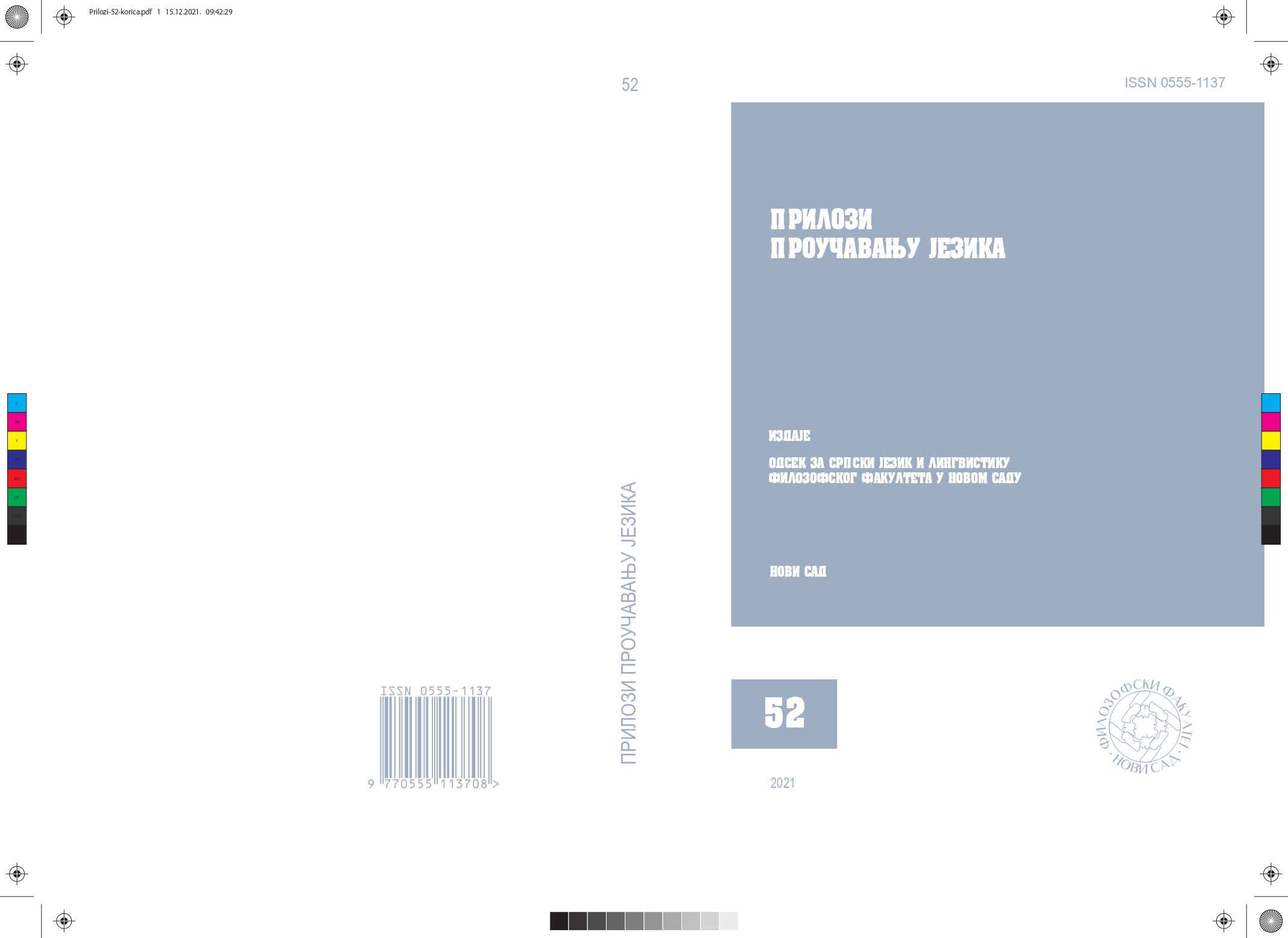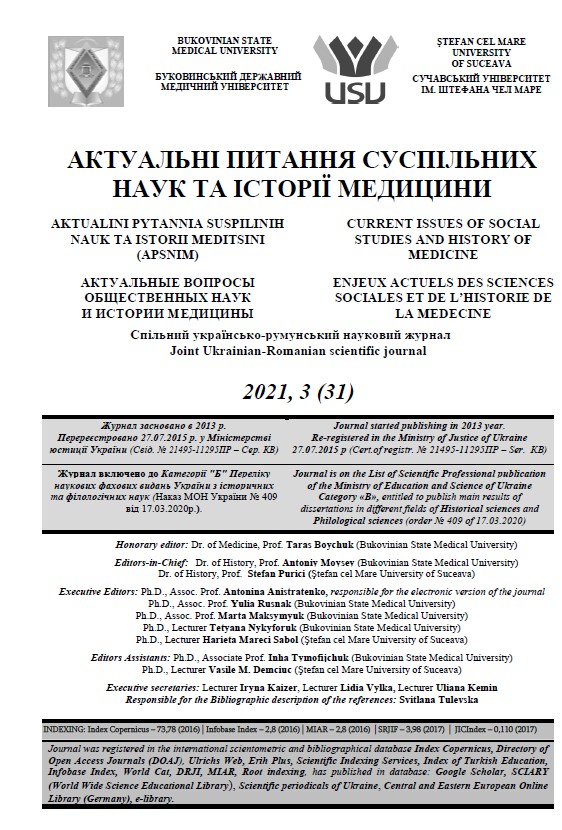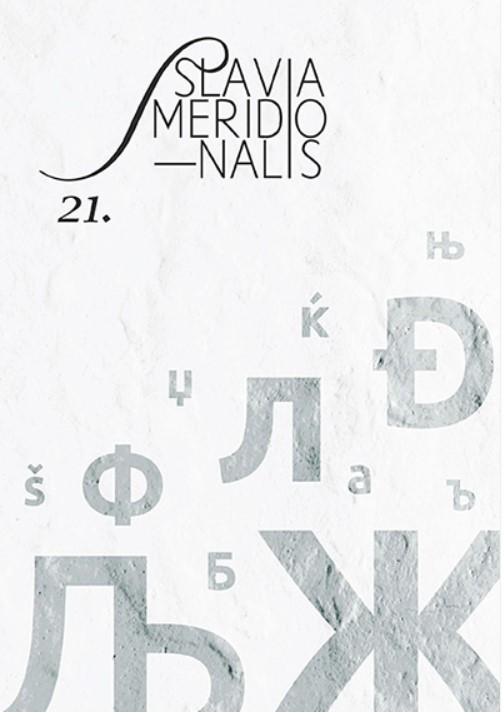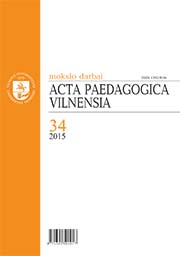
Cultural Identity, Language and School: the Case of Lithuania
On the basis of the data of the two qualitative research studies (“Identity, Cultural Transmission and National Education” conducted in 2010 and “Dominant and Demotic School Culture: Analysis of Tension Fields” carried out in 2014–2015), the article makes attempts to discuss the attitude of school community members (school learners, teachers and parents) towards the Lithuanian Language. It is also analyzed how this attitude depends not only on the public discourse and different ideologies of linguists but also on school cultures.
More...
